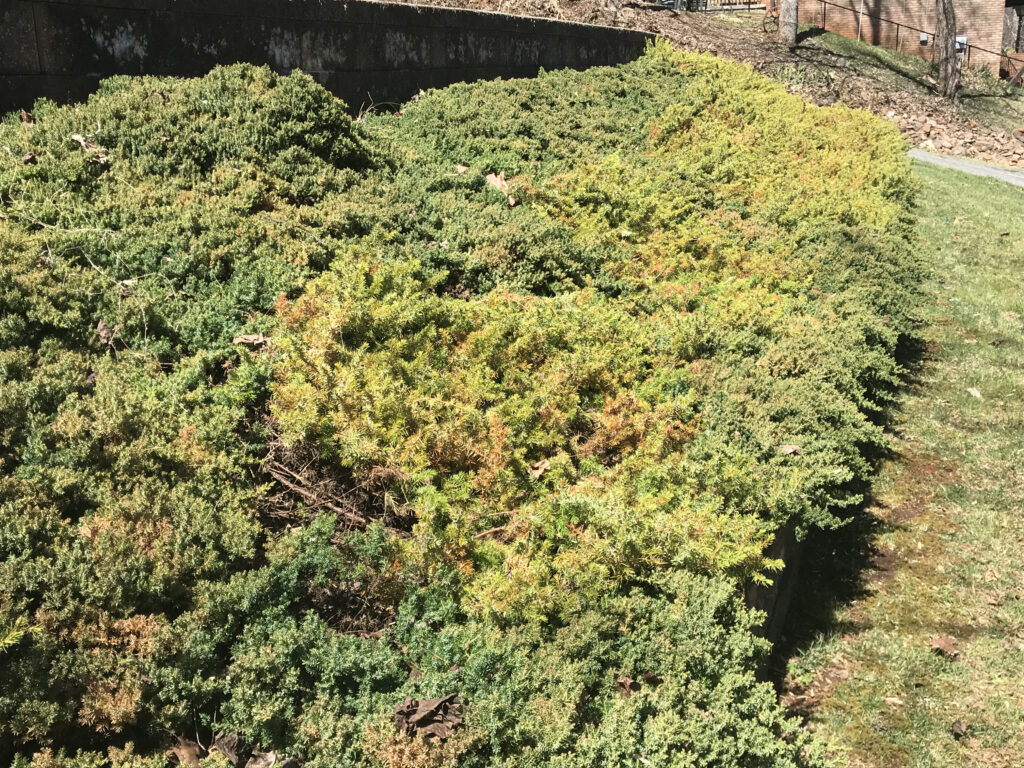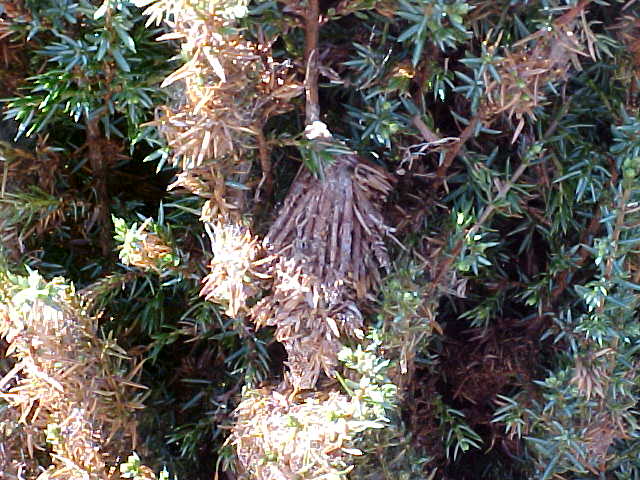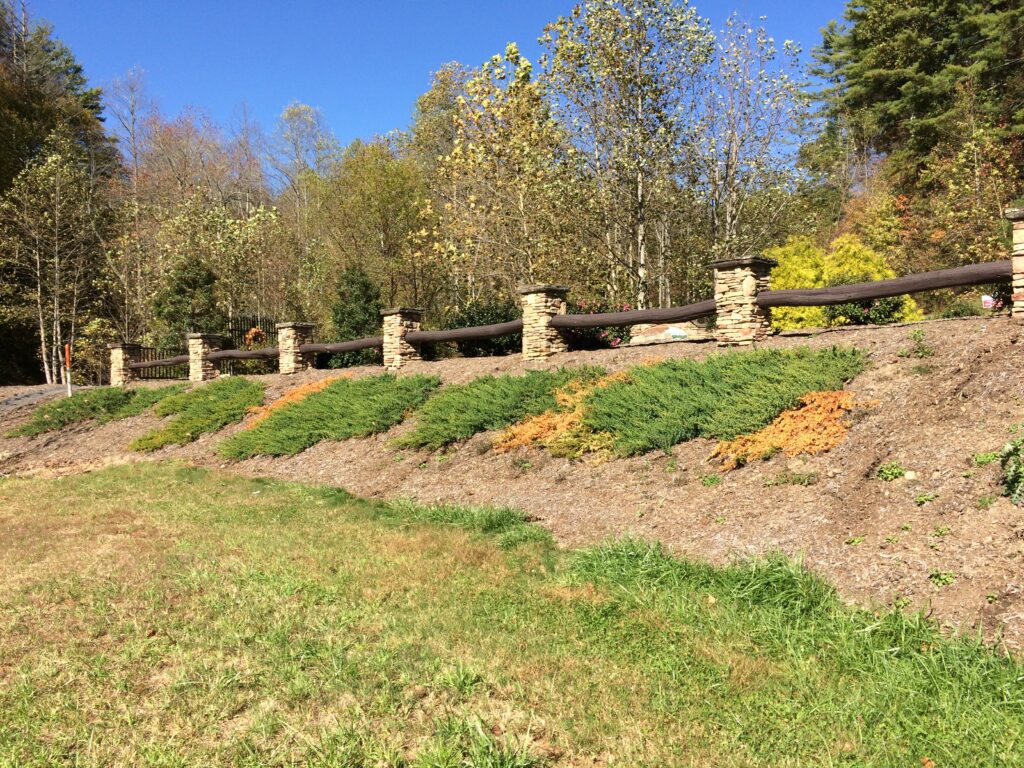Plant Health Alert – Juniper Issues
go.ncsu.edu/readext?857944
en Español / em Português
El inglés es el idioma de control de esta página. En la medida en que haya algún conflicto entre la traducción al inglés y la traducción, el inglés prevalece.
Al hacer clic en el enlace de traducción se activa un servicio de traducción gratuito para convertir la página al español. Al igual que con cualquier traducción por Internet, la conversión no es sensible al contexto y puede que no traduzca el texto en su significado original. NC State Extension no garantiza la exactitud del texto traducido. Por favor, tenga en cuenta que algunas aplicaciones y/o servicios pueden no funcionar como se espera cuando se traducen.
Português
Inglês é o idioma de controle desta página. Na medida que haja algum conflito entre o texto original em Inglês e a tradução, o Inglês prevalece.
Ao clicar no link de tradução, um serviço gratuito de tradução será ativado para converter a página para o Português. Como em qualquer tradução pela internet, a conversão não é sensivel ao contexto e pode não ocorrer a tradução para o significado orginal. O serviço de Extensão da Carolina do Norte (NC State Extension) não garante a exatidão do texto traduzido. Por favor, observe que algumas funções ou serviços podem não funcionar como esperado após a tradução.
English
English is the controlling language of this page. To the extent there is any conflict between the English text and the translation, English controls.
Clicking on the translation link activates a free translation service to convert the page to Spanish. As with any Internet translation, the conversion is not context-sensitive and may not translate the text to its original meaning. NC State Extension does not guarantee the accuracy of the translated text. Please note that some applications and/or services may not function as expected when translated.
Collapse ▲Conifers are plants that have needles and cones instead of leaves. Conifers need special care and take extra effort to grow. A gardener must improve the soil before planting, provide adequate irrigation during dry periods and make sure the plants get plenty of sunlight. Junipers have a reputation as a tough plants but they are not immune to poor planting practices and neglect.
‘Blue Rug’ juniper and shore juniper are used extensively as ground cover plants. The plants grow relatively quickly as they trail along the ground providing soil stabilization on slopes. Junipers are generally plentiful in garden centers.
Juniper Problems
When someone sends me an image of struggling junipers or any plant for that matter, my first guess is people! Planting plants in the wrong area (too much shade), poor planting practices such as planting the plant too deep, over watering and excessive mulch all lead to plant health issues. Physical damage from human activities, chemical damage and many other human caused problems are more likely to be the cause of plant health issues than disease or insect pests.

Sometimes landscape plantings simply get ‘over-mature’ and are not able to resist diseases and insects.
There are few diseases that can cause damage to junipers. Cercospora needle blight, phomopsis blight, cedar apple rust, root diseases or one of several other fungal diseases can cause juniper damage. Our area gets so much rain that leaf and root diseases caused by excessive moisture are common.







